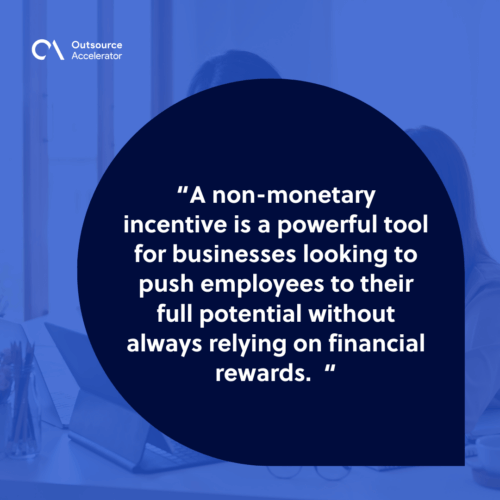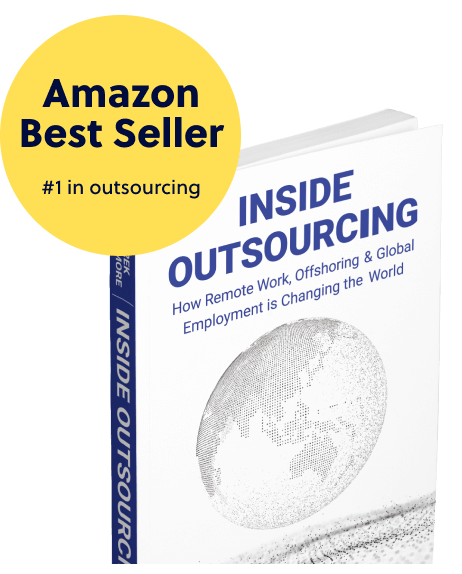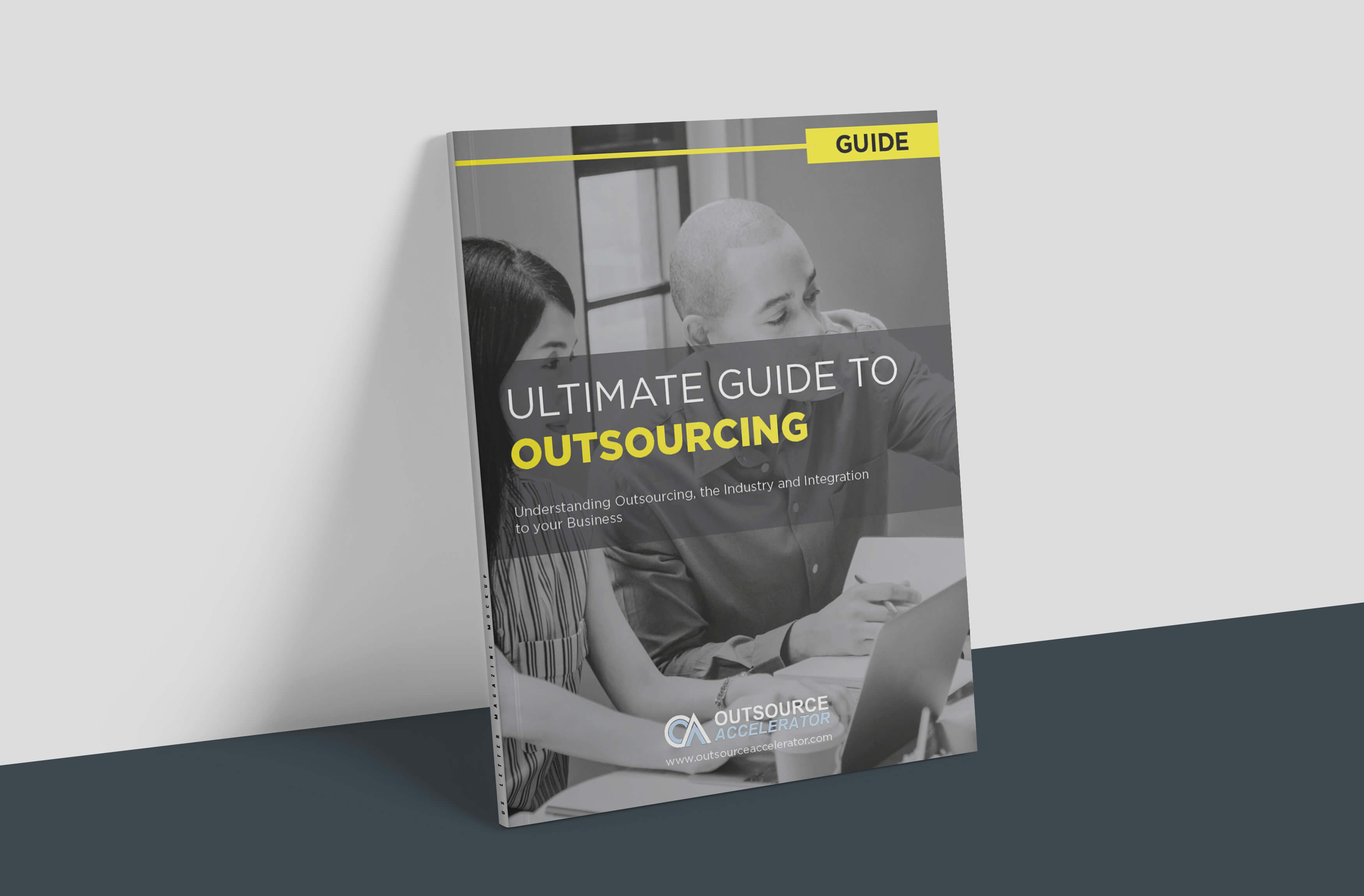The power of non-monetary incentive: Definition, benefits, and examples

Recognizing and rewarding deserving team members is essential for fostering a motivated and engaged workforce.
According to O.C. Tanner’s Workplace Recognition Survey, employees who feel valued are five times more likely to remain with their company. On the other hand, 79% of employees who quit their jobs cite “lack of appreciation” as their primary reason for leaving.
There are many ways to reward deserving employees. In this article, we’ll focus on the concept of a non-monetary incentive and how firms can successfully integrate it into their respective organizations.
Non-monetary incentive vs. Monetary incentive
When it comes to motivating employees, businesses typically rely on either monetary or non-monetary incentives. While both methods aim to increase productivity and morale, they differ in their approach and effectiveness.
Understanding these distinct characteristics can help the management decide which incentives work best for their teams.
Here’s a comparison of the two:
| Aspect | Non-monetary Incentive | Monetary Incentive |
| Nature | Involves rewards that don’t directly affect salary. | Involves direct financial compensation. |
| Emotional impact | Often fosters a stronger emotional connection, which enhances job satisfaction and loyalty. | Primarily boosts short-term motivation but may not foster long-term attachment to the company. |
| Cost | Typically lower-cost solutions, which make them sustainable over time. | It can be expensive for businesses, especially if used frequently. |
| Motivation type | Appeals to intrinsic motivation (e.g., a sense of accomplishment or personal growth). | Taps into extrinsic motivation, offering immediate, tangible rewards. |
| Long-term effect | Builds lasting loyalty and a positive company culture. | It may drive short-term results, but it can lose its impact over time. |
| Flexibility | Offers a wide range of options, from verbal praise to personalized perks. | Generally limited to financial rewards (e.g., cash bonuses). |
A monetary incentive is effective for immediate results. Comparably, a non-monetary incentive can have a deeper, long-lasting impact on employee satisfaction and retention.
Both methods can be valuable, but striking the right balance between them is key.
Benefits of giving a non-monetary incentive to deserving staff
A non-monetary incentive is a powerful tool for businesses looking to push employees to their full potential without always relying on financial rewards.

Let’s discuss the primary advantages of offering non-monetary incentives:
Enhances employee morale
Non-monetary incentives like a simple “thank you” or personalized praise can have a profound effect on employee morale.
When employees feel recognized for their efforts, it fosters a sense of pride and accomplishment, which in turn improves their overall job satisfaction and well-being.
Strengthens employee loyalty
Offering non-monetary incentives demonstrates a company’s commitment to appreciating and valuing employees as individuals.
It promotes a strong emotional connection between staff and the organization, making them more likely to stay and be loyal to the company.
Encourages a positive work culture
Non-monetary rewards, such as team-building activities or a flexible work schedule, can contribute to a healthy workplace environment.
These incentives help cultivate an inclusive, supportive, and collaborative culture, which ultimately benefits both the employees and the organization.
Enhances employee motivation
While monetary rewards are effective for short-term motivation, non-monetary incentives tend to fuel intrinsic motivation. Recognition of employees’ efforts and achievements can lead to greater job satisfaction, which motivates them to continue performing at a high level.
Cost-effective solution
Non-monetary incentives are often low-cost or even free, making them an excellent choice for businesses with budget constraints.
Offering rewards like extra time off, public praise, or professional development opportunities allows companies to show appreciation without straining resources.
10 examples of non-monetary incentives employees would love
What makes non-monetary incentives particularly empowering is that they often address employees’ emotional and intrinsic motivations.
Below, we have ten examples of non-monetary incentives that employees would truly appreciate:
1. Public recognition
Employees love to feel recognized for their hard work. Publicly acknowledging an individual’s achievements, whether during team meetings, via company-wide emails, or on social media, not only boosts their confidence but also shows others that hard work is valued.
Public recognition can be in a form of a simple shout-out or more formal recognition through awards or ceremonies.
2. Additional time off
Offering extra vacation days, flexible schedules, or even a “mental health day” can be a huge perk. Employees often appreciate the ability to take time off when needed, which allows them to recharge and maintain a better work-life balance.
Time off is a gift that your staff will cherish, especially when they have the freedom to choose when to use it.
3. Professional development opportunities
Investing in employees’ growth by offering opportunities for learning and development, such as access to courses, certifications, or workshops, can be a powerful incentive.
It shows that you care about their career advancement and provide resources to help them improve their skills and knowledge. This not only benefits the individual but also enhances the overall strength of your team.
4. Flexible work hours
Flexibility is a highly valued benefit, especially in today’s tech-driven world. Allowing employees to adjust their work hours or offering remote work options can greatly increase job satisfaction.
Giving team members the flexibility to manage their time helps them maintain a better balance between personal and professional commitments. In turn, it can significantly improve their productivity and loyalty.
5. Additional responsibility or new challenges
Employees are often motivated by opportunities to grow professionally. Offering them additional responsibilities or giving them new, challenging projects can be a great incentive.
It only shows that the management trusts in their abilities, which can help them feel valued and engaged in their work. It’s a way of empowering them to expand their skills while contributing more to the organization.
6. Recognition from leadership
Sometimes, the best recognition comes directly from leadership. When employees receive a personal note or verbal acknowledgment from a senior manager or CEO, it feels meaningful.
A one-on-one recognition, whether in a casual conversation or a more formal setting, can leave employees feeling appreciated and empowered, knowing their contributions are noticed at the highest levels.
7. Team celebrations
Team celebrations for hitting goals or completing a major project can be a fun and meaningful incentive. This could be as simple as a lunch outing, a team-building activity, or a fun, informal gathering.
Celebrating together helps employees feel like part of a team, strengthens relationships, and reinforces a sense of collective achievement.
8. Personalized gifts or perks
Offering personalized gifts or perks that cater to an employee’s interests can also have a major impact.
Whether it’s a gift card to their favorite restaurant, a subscription to a service they enjoy, or tickets to an event, the gesture shows you’ve put thought into what they would appreciate. This level of attention and care makes employees feel valued and appreciated.
9. Work-from-home options
Giving employees the option to work from home can be a game-changer for many. It reduces commuting time, provides a more comfortable working environment, and allows them to balance their professional and personal lives more effectively.
The ability to work remotely, even part-time, is often seen as a highly desirable benefit, particularly for those with long commutes or family responsibilities.
10. Creating a recognition culture
Sometimes the best incentive is simply a culture of ongoing recognition.
By fostering a work environment where recognition is built into the fabric of the company, you create an atmosphere where everyone feels appreciated.
Whether it’s through peer-to-peer recognition platforms or simple “thank-you” notes, a culture of gratitude helps employees feel validated regularly.

Tips on implementing non-monetary incentives
Follow these useful tips on how to implement a non-monetary incentive effectively:
Understand what employees value
Before rolling out non-monetary incentives, take the time to understand what motivates your employees.
Conduct surveys or have open discussions to learn what they value most, whether it’s flexibility, recognition, or professional development.
Tailoring incentives to employee preferences will make them feel more personal and appreciated.
Offer regular recognition
Recognition should be a consistent part of your company culture. Acknowledge employees’ hard work through regular shout-outs during team meetings, emails, or internal communication channels.
Frequently recognizing accomplishments keeps employees motivated and nurtures a culture of appreciation.
Personalize incentives
Non-monetary incentives are most effective when they are personalized. For example, offering flexible hours or extra time off is a great incentive for some, while others might prefer a public acknowledgment of their achievements.
Personalizing rewards shows that you understand and appreciate each employee’s unique preferences.
Make incentives visible
Create visible recognition programs, such as an “Employee of the Month” or spotlighting achievements on company bulletin boards or internal newsletters.
Public recognition not only rewards the individual but also motivates others to strive for excellence.
Incorporate peer recognition
Allow employees to recognize each other’s efforts. Setting up a peer-to-peer recognition system can help employees feel empowered and appreciated by their colleagues.
This encourages a positive, collaborative atmosphere where everyone feels valued.
Maintain consistency
Non-monetary incentives should be consistent and accessible for all employees. Make sure the recognition process is fair and transparent, so that everyone feels they have an equal opportunity to be acknowledged.
Consistency creates trust and builds a strong company culture.







 Independent
Independent




